A new digital artwork created by two animation lecturers from Bournemouth University, Paul Smith and Vicky Isley, has been featured as part of Paisley’s 2021 City of Culture bid. The project linked together Paisley’s history, cultural and natural environment through the creation of a digital Paisley Pearl for each resident of the town. The project was commissioned by the University of the West of Scotland, as one of a number of cultural activities taking place in Paisley during its application for the City of Culture 2021.
The duo, known as boredomresearch, developed an art project which created a new Paisley form for each resident of the town via a digital loom. The loom and creative software have the potential to create a Paisley Pearl for each of the 7.4 billion people on earth at the time of the artwork’s launch. The unique forms were based on both the Paisley pattern and the freshwater pearl mussel, once indigenous to the area.
“We wanted to produce an art project which reflected Paisley’s industrial past, natural biodiversity and show how creativity can make a difference to its future,” explains Paul, “Paisley is famous for its connections with the textile industry, but its natural history is much less well known. The White Cart River was once a thriving habitat for the freshwater pearl mussel, which is now extinct in the area, partly because of the success of the local textile industry damaging its natural habitats.”
A key part of the project for Vicky and Paul was this link between science and art. By working with researchers from the University of Glasgow, they developed a better understanding of the ecological importance of the fresh water pearl mussel, which they reflected in their art.
“Over half of the world’s fresh water pearl mussels are found in Scotland’s waters, so it’s an important location for a now critically endangered species,” says Vicky, “We worked with researchers who are trying to better understand the species and local staff from Pearls in Peril a conservation project who are trying to protect the mussel’s river habitat. The mussel’s pearls inspired our Paisley Pearl exhibition and the community workshops we delivered as part of the project.”
As part of their digital art commission, Paul and Vicky led three workshops in the local area, with very different groups of people. The first saw undergraduate animation and game students from the University of the West of Scotland dissecting common mussels to learn more about the shapes and textures that could be used to form part of the new Paisley inspired forms.
“The session took them very much outside of their comfort zone,” says Paul, “Dissection doesn’t often take place in animation classes! We felt it was an important session to do, as it highlighted the interdisciplinary nature of our research and gave our students a much better understanding of the kinds of shapes and textures they could work with.”
“Once they’d dissected the mussels, we asked them to take digital images of the different parts and textures that they’d discovered. These fed into the kinds of shapes and patterns that we later used to form our unique Paisley Pearls.”
Two further workshops saw the team teaching programming to local secondary school children at Johnstone High School and working with Roar: Connections for Life (a community group of retired residents) to explore the lifecycle of the freshwater pearl mussel, in relation to their own lives.
“The group of retired residents, learnt how environmental changes are recorded in the growth rings of the mussel shell,” says Vicky, “These can tell you something about the age of the mussel and their environment; whether it was nutrient rich or not. We ask participants to map their own life experiences, marking out significant events on their own growth ring drawings. This helped us to facilitate in-depth conversations about the ecological significance of the mussel.”
“It was important for us to work with the local community as part of our commission,” continues Vicky, “Through the process of creating our final artwork, we wanted to work with local people to link Paisley’s past with its future.”
The decision about which city will become the 2021 City of Culture is expected in December.
For more information about Vicky Isley and Paul Smith’s research, visit their website or watch a short video on their Paisley project.
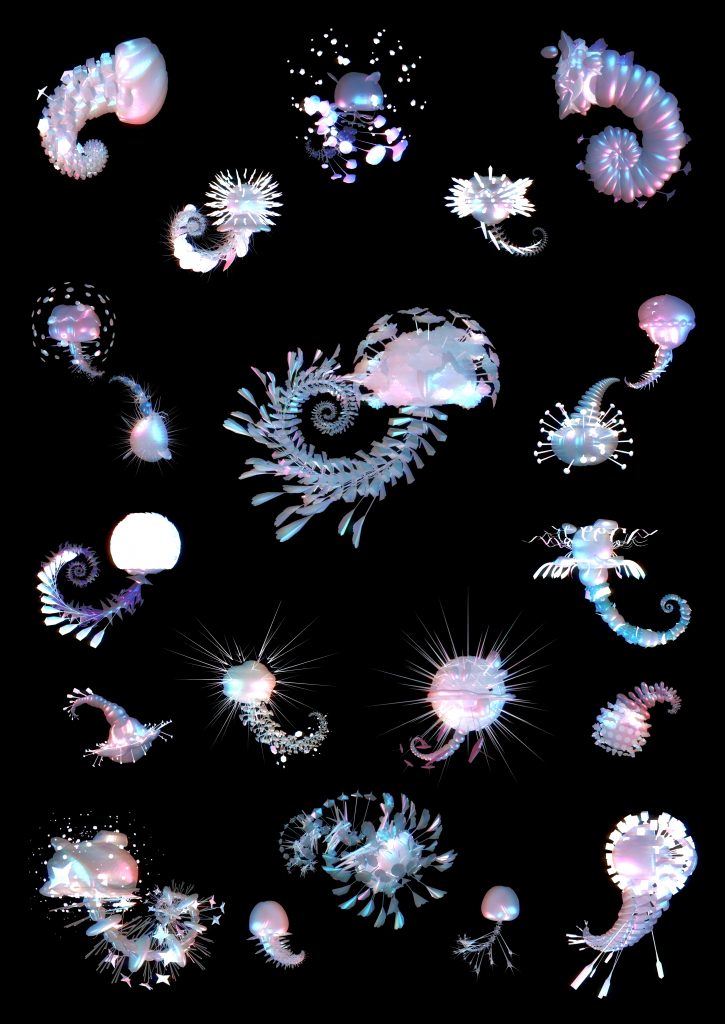
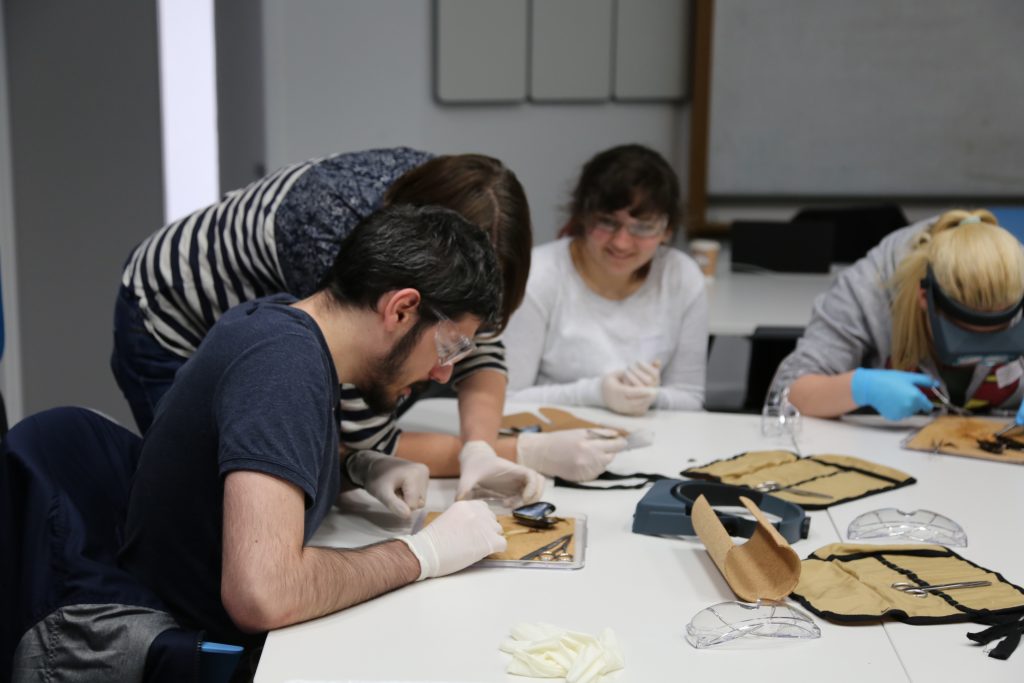


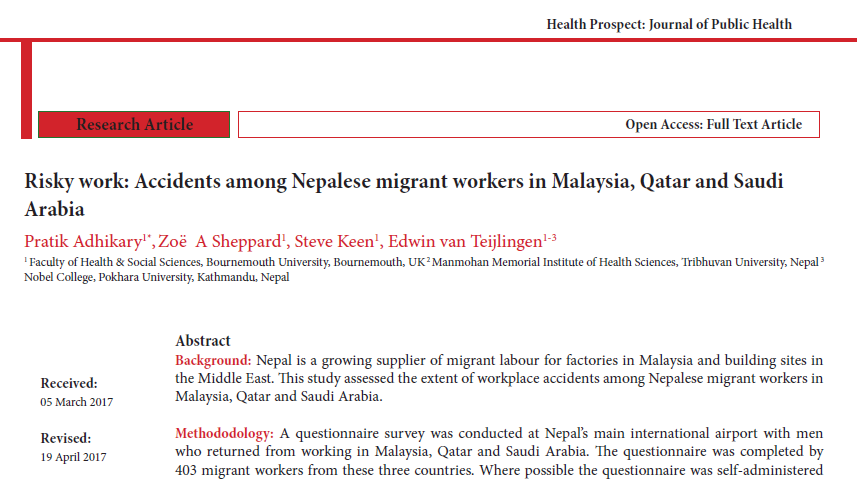
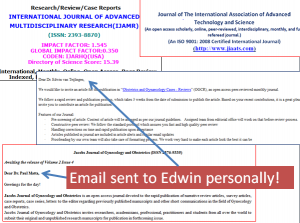
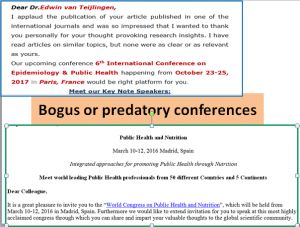
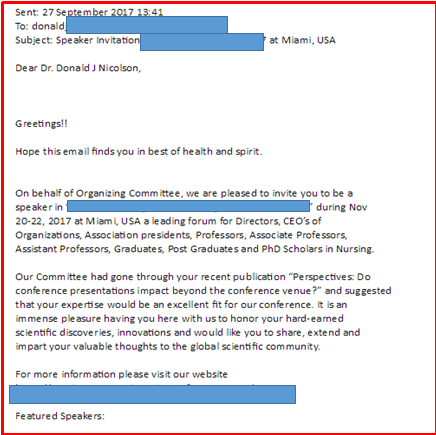
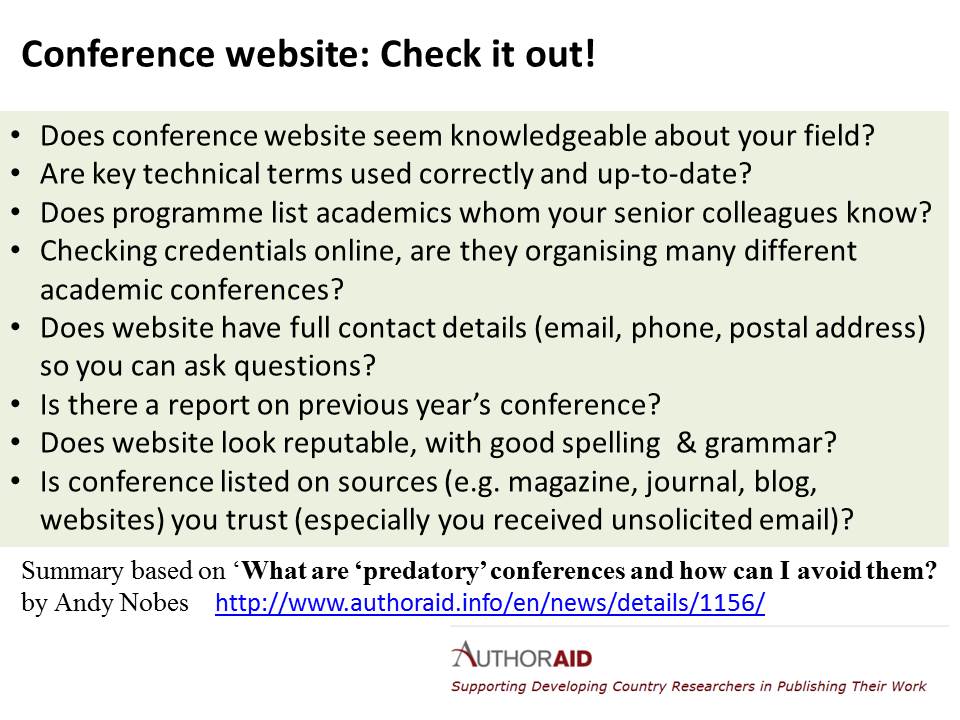
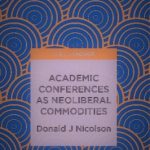
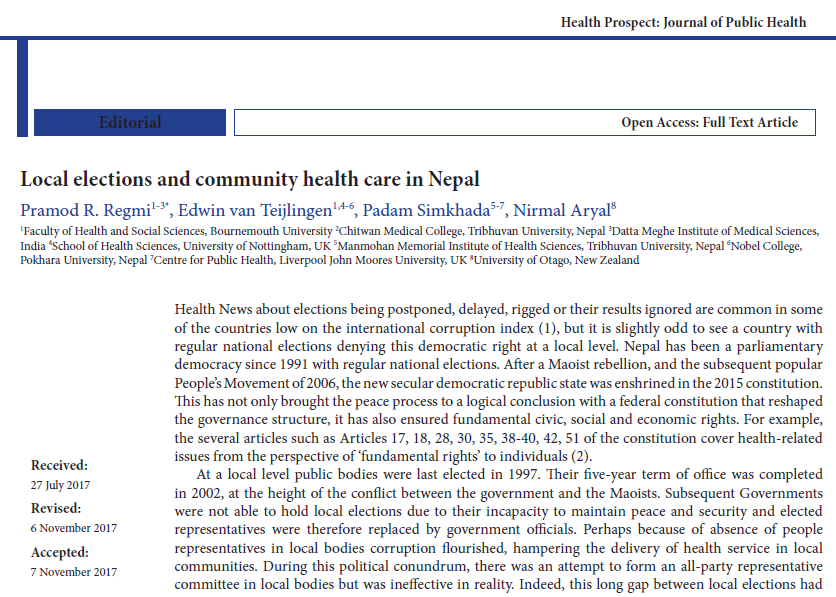
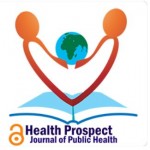
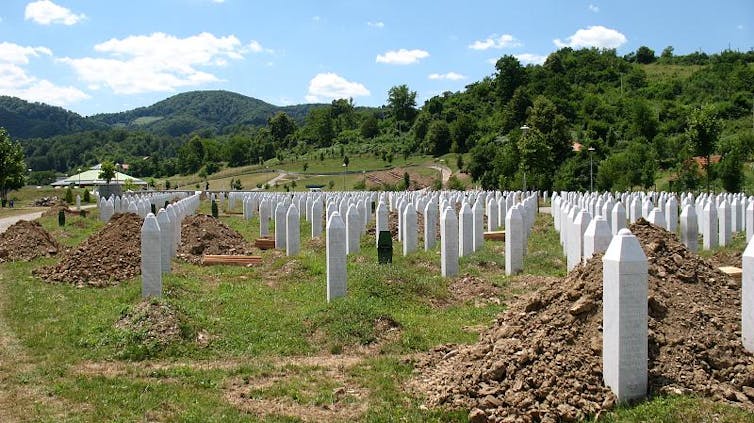
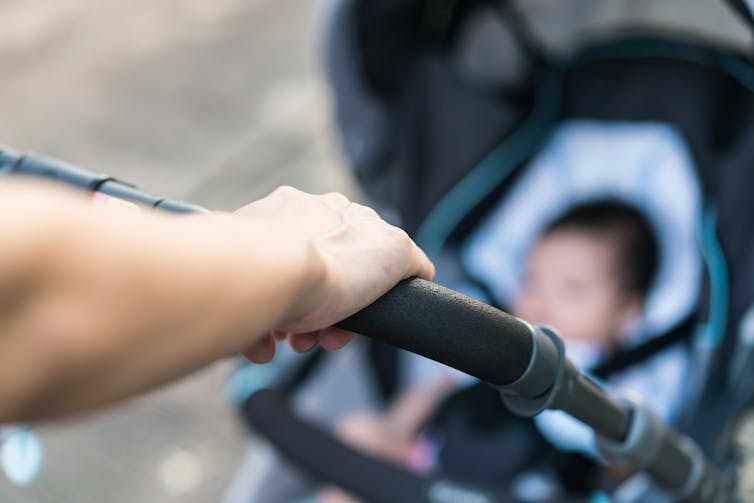
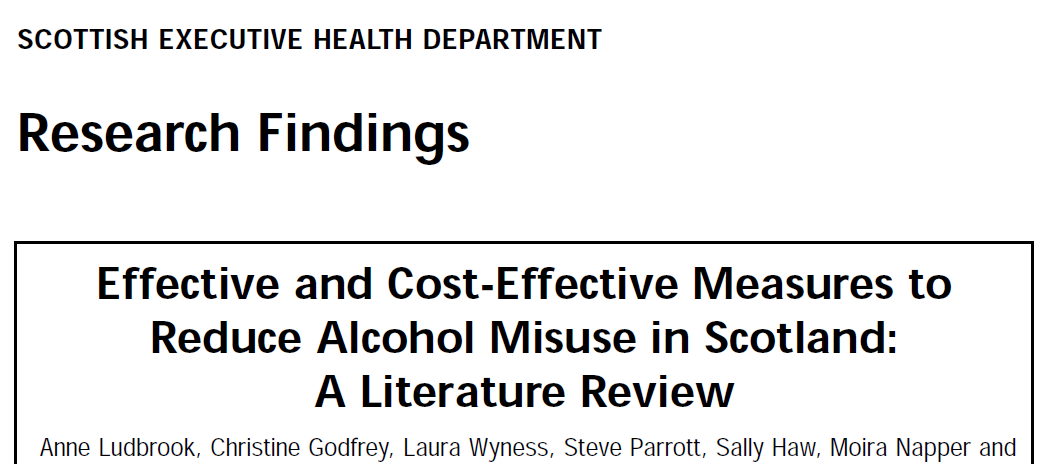
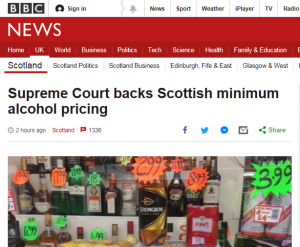
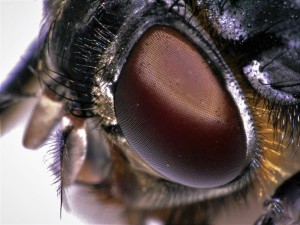 We are delighted to announce that the Research Photography Competition has returned for its fourth year and is now open for entries!
We are delighted to announce that the Research Photography Competition has returned for its fourth year and is now open for entries! Need inspiration?
Need inspiration?

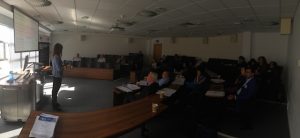
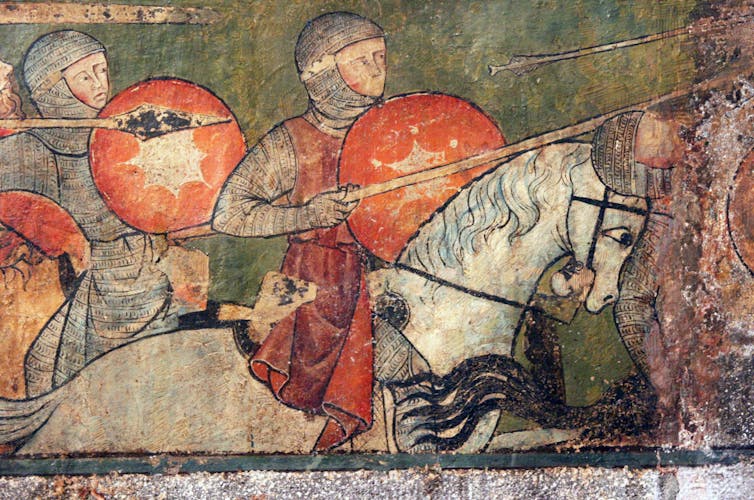

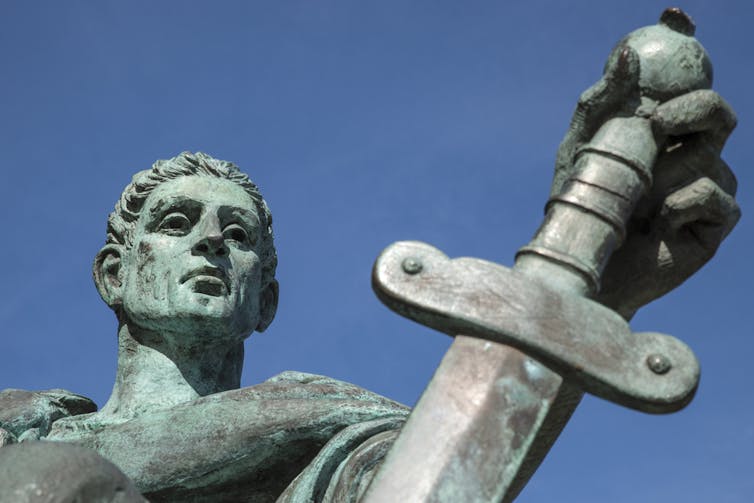
 D” was seized enthusiastically, and for half an hour the only sound was the scratching of biros whilst participants created some classic interpretations of the PhD experience in cartoon form. The results were extremely entertaining, and reminded us that most students experience similar traumas and joys during the PhD process.
D” was seized enthusiastically, and for half an hour the only sound was the scratching of biros whilst participants created some classic interpretations of the PhD experience in cartoon form. The results were extremely entertaining, and reminded us that most students experience similar traumas and joys during the PhD process. Need any help with understanding how to use your research to influence public policy? Looking for support and guidance on how to effectively engage with policy makers?
Need any help with understanding how to use your research to influence public policy? Looking for support and guidance on how to effectively engage with policy makers?
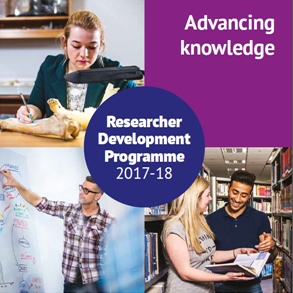
 #TalkBU is a monthly lunchtime seminar on Talbot Campus, open to all students and staff at Bournemouth University and free to attend. Come along to learn, discuss and engage in a 20-30 minute presentation by an academic or guest speaker talking about their research and findings, with a short Q&A at the end.
#TalkBU is a monthly lunchtime seminar on Talbot Campus, open to all students and staff at Bournemouth University and free to attend. Come along to learn, discuss and engage in a 20-30 minute presentation by an academic or guest speaker talking about their research and findings, with a short Q&A at the end. 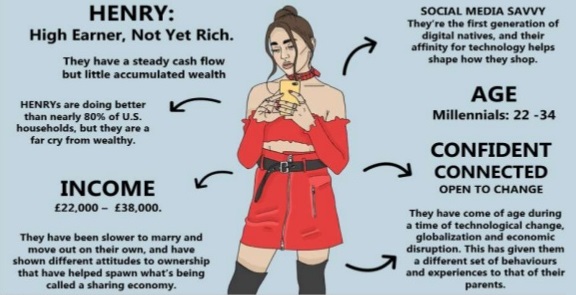 If you have any queries, please contact
If you have any queries, please contact 










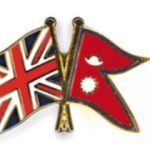 FHSS academics teaching in Nepal
FHSS academics teaching in Nepal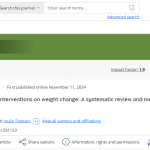 New weight change BU paper
New weight change BU paper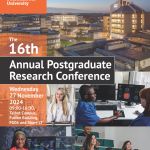 One week to go! | The 16th Annual Postgraduate Research Conference
One week to go! | The 16th Annual Postgraduate Research Conference Geography and Environmental Studies academics – would you like to get more involved in preparing our next REF submission?
Geography and Environmental Studies academics – would you like to get more involved in preparing our next REF submission?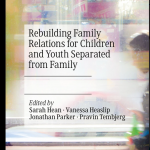 Congratulations to three former BU staff
Congratulations to three former BU staff MSCA Staff Exchanges 2024 Call – internal deadline
MSCA Staff Exchanges 2024 Call – internal deadline Applications are now open for 2025 ESRC Postdoctoral Fellowships!
Applications are now open for 2025 ESRC Postdoctoral Fellowships! Horizon Europe – ERC CoG and MSCA SE webinars
Horizon Europe – ERC CoG and MSCA SE webinars MaGMap: Mass Grave Mapping
MaGMap: Mass Grave Mapping ERC grants – series of webinars
ERC grants – series of webinars